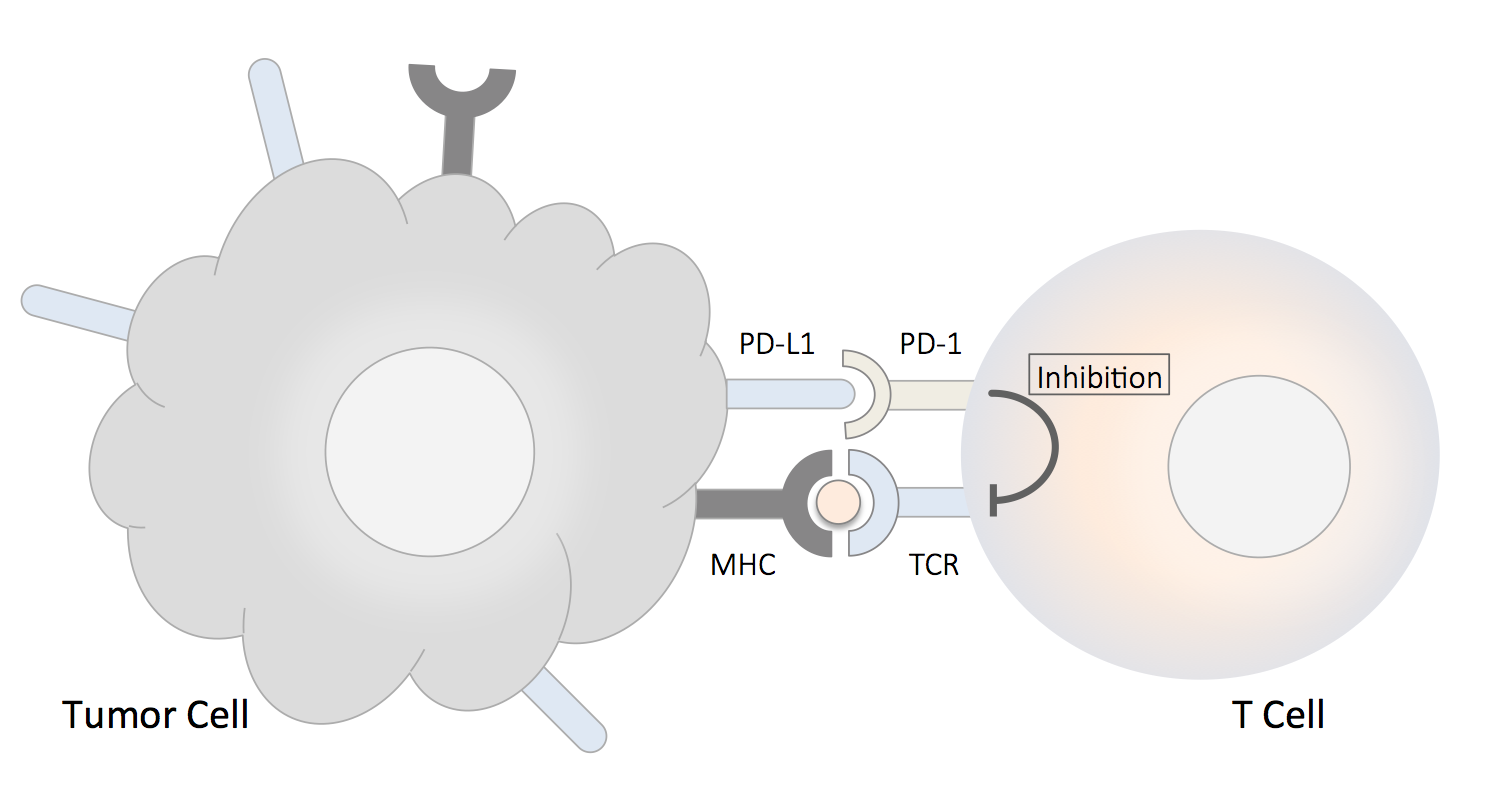The global PD-1 and PD-L1 Inhibitor Market is estimated to be valued at US$30,535.5 million in 2021 and is expected to exhibit a CAGR of 14.2% over the forecast period 2022-2028, as highlighted in a new report published by Coherent Market Insights.
A) Market Overview:
PD-1 and PD-L1 inhibitors are immunotherapy drugs used in the treatment of various types of cancers. These inhibitors work by blocking the PD-1 and PD-L1 proteins, which suppress the immune system’s ability to fight cancer cells. PD-1 inhibitors, such as pembrolizumab and nivolumab, have shown significant success in the treatment of cancers like melanoma, lung cancer, and bladder cancer. PD-L1 inhibitors, such as atezolizumab and durvalumab, have also shown promising results in the treatment of various cancers. These drugs have revolutionized cancer treatment by offering better outcomes and reduced side effects compared to traditional therapies.
B) Market Dynamics:
- Increasing Oncology Disorders: The rising prevalence of oncology disorders worldwide is one of the key drivers fueling the growth of the PD-1 and PD-L1 inhibitor market. According to the World Cancer Research Fund, cancer is the second leading cause of death globally, with an estimated 18.1 million new cases and 9.6 million deaths in 2018. The demand for effective and targeted cancer therapies is growing, driving the adoption of PD-1 and PD-L1 inhibitors.
- Favorable Government Initiatives: Governments across the globe are taking various initiatives to promote the use of PD-1 and PD-L1 inhibitors in cancer treatment. For instance, the U.S. Food and Drug Administration (FDA) has granted accelerated approval to several PD-1 and PD-L1 inhibitors, making them accessible to a larger patient population. Additionally, government-funded healthcare programs and reimbursement policies are further supporting the adoption of these therapies.
C) SWOT Analysis:
Strength:
- Enhanced Efficacy: PD-1 and PD-L1 inhibitors have demonstrated higher response rates and improved survival outcomes compared to traditional therapies, making them a preferred choice for cancer treatment.
- Potential for Combination Therapies: PD-1 and PD-L1 inhibitors have the potential to be used in combination with other immunotherapies or targeted therapies, further enhancing their therapeutic benefits.
Weakness:
- High Cost: The cost of PD-1 and PD-L1 inhibitors is relatively high, making them less affordable for some patients and healthcare systems.
- Limited Availability: PD-1 and PD-L1 inhibitors are not accessible in all regions globally, limiting their widespread adoption.
Opportunity:
- Expanding Indications: Ongoing research and clinical trials are exploring the use of PD-1 and PD-L1 inhibitors in different cancer types, presenting a significant opportunity for market growth.
- Emerging Markets: Developing economies with a growing burden of oncology disorders represent untapped potential for the adoption of PD-1 and PD-L1 inhibitors.
Threats:
- Side Effects: Although PD-1 and PD-L1 inhibitors have shown improved safety profiles compared to traditional therapies, they can still cause immune-related adverse events, such as inflammation of the lungs, liver, or intestines.
- Competition: The PD-1 and PD-L1 inhibitor market is highly competitive, with several pharmaceutical companies investing in research and development to develop their own inhibitors.
D) Key Takeaways:
– The global PD-1 and PD-L1 Inhibitor Market is expected to witness high growth, exhibiting a CAGR of 14.2% over the forecast period, due to increasing oncology disorders and favorable government initiatives.
– In terms of regional analysis, North America is expected to dominate the market due to the presence of key players, well-established healthcare infrastructure, and favorable reimbursement policies.
– Key players operating in the global PD-1 and PD-L1 inhibitor market are Pfizer Inc., Novartis AG, AstraZeneca PLC, and Gilead Sciences Inc.



